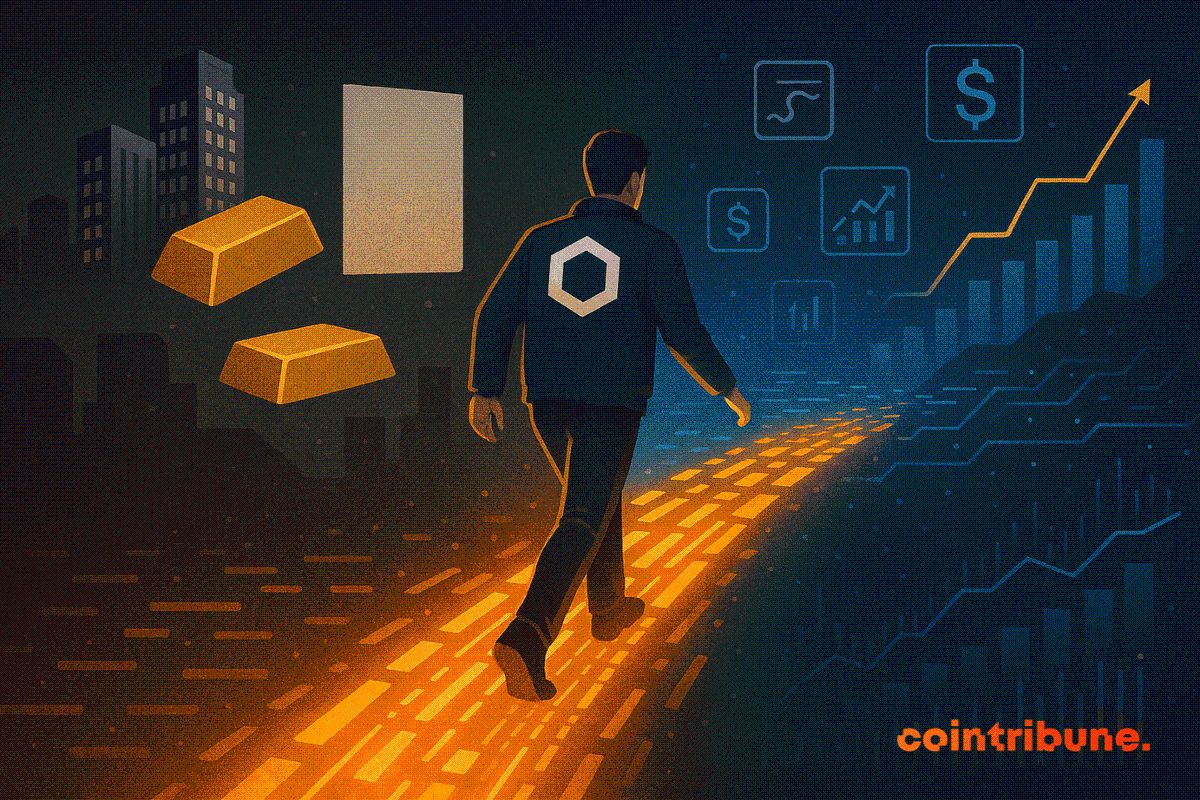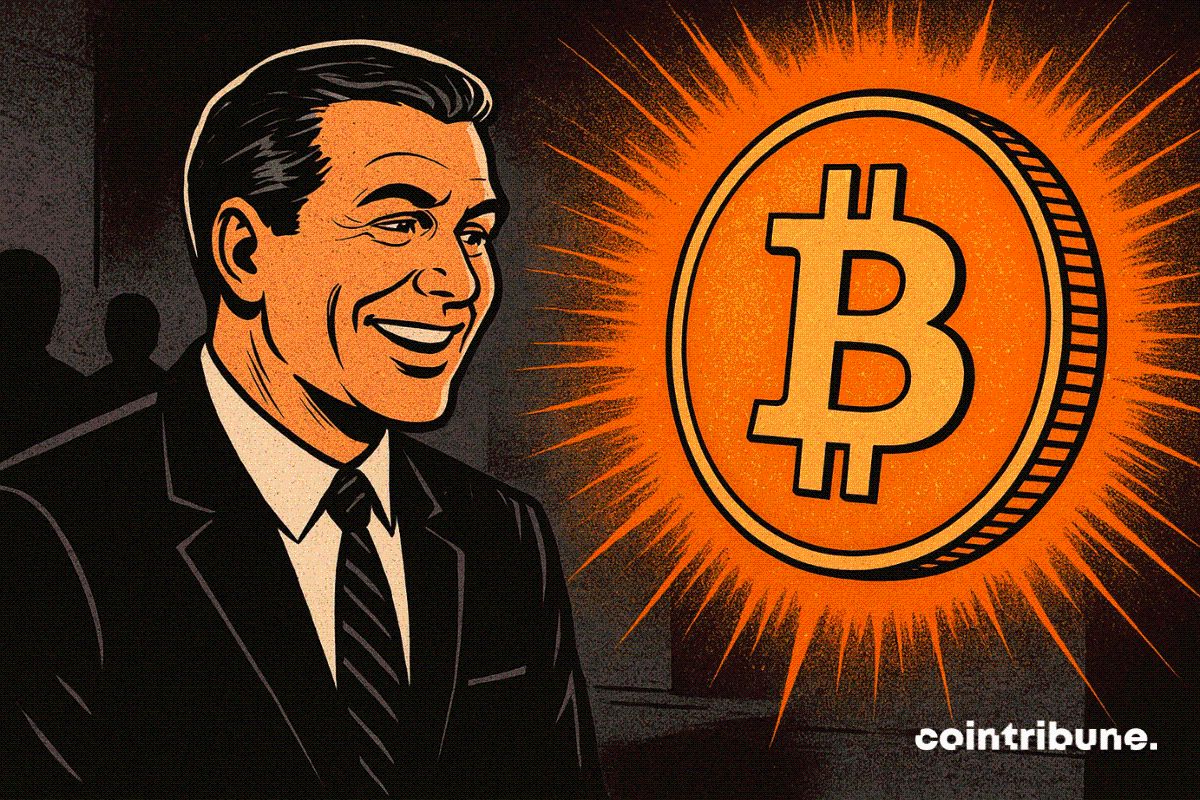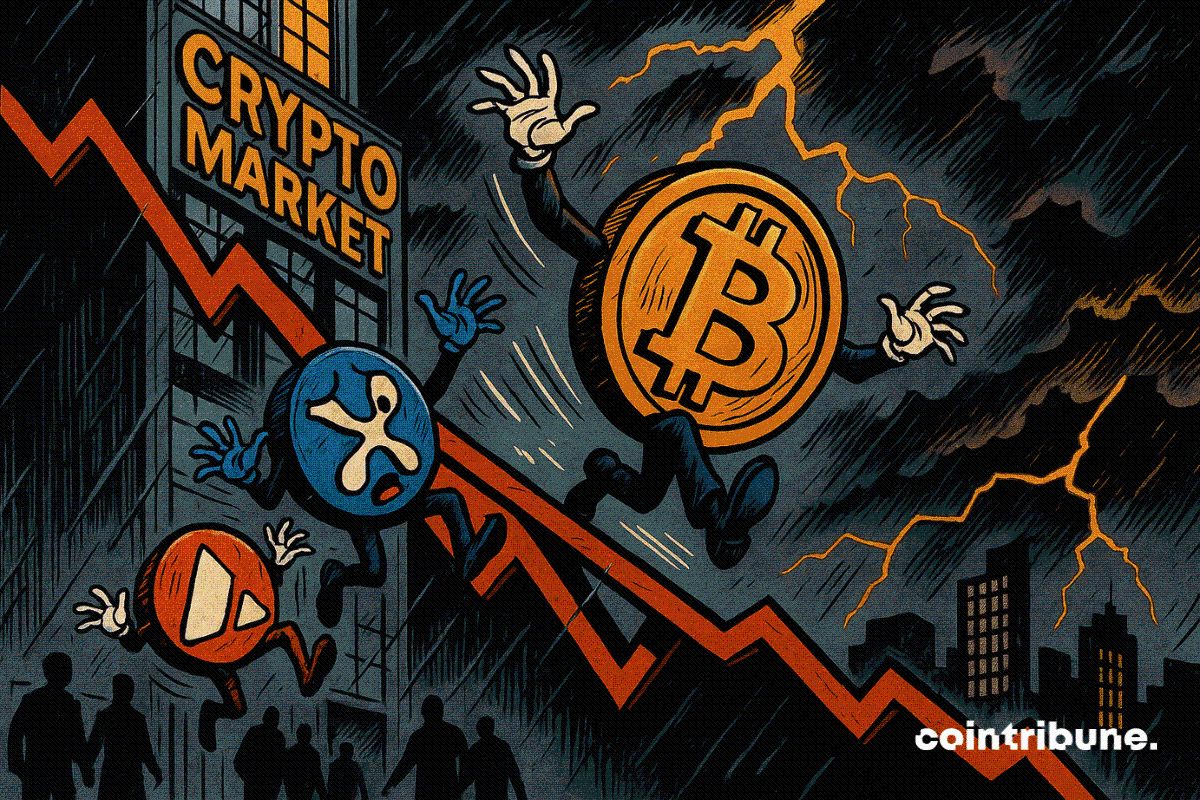The world's most "profitable" company has changed hands: a crypto team of 11 people generates $100 million in revenue per person.
Chainfeeds Guide:
The project is fully self-funded, rejects venture capital, insists on community-led ownership, and achieves user co-construction through token airdrop distribution.
Source:
Author:
PANews
Opinion:
PANews: Jeff Yan was born in Palo Alto, California, USA, to Chinese immigrant parents. From a young age, he demonstrated exceptional talent in mathematics and science: in 2012, he represented the United States at the International Physics Olympiad and won a silver medal; in 2013, he competed again, winning a gold medal and ranking 24th, becoming the first graduate in Palo Alto High School's history to win an award in this competition. With this top-tier academic record, he was admitted to Harvard University, majoring in mathematics and computer science. After graduation, Jeff joined high-frequency trading giant Hudson River Trading as a quantitative trader, where he delved into the US stock market and designed low-latency systems, gaining a deep understanding of how market makers' liquidity provision and trading flows affect market efficiency. In 2018, he was attracted to the crypto industry and attempted to build an Ethereum Layer 2 prediction market, but after failing due to regulatory issues and insufficient users, he turned to trading. In 2020, he founded the crypto market-making firm Chameleon Trading, which quickly became a major liquidity provider for centralized exchanges during the bull market. After the FTX collapse, he realized that users valued self-custody more, and the market needed an exchange that was both decentralized and offered a CEX-like experience—this became the starting point for Hyperliquid. Unlike traditional startups that rely on venture capital for rapid expansion, Jeff insisted that Hyperliquid be fully self-funded, without introducing venture capital. He emphasized that the purpose of entrepreneurship is not wealth, but to create meaningful products. From day one, Hyperliquid has insisted on community-led ownership, distributing tokens directly to users through trading, avoiding venture capitalists becoming the main shareholders of the network, and believing that letting VCs control the network is a scar on decentralization. In team building, Hyperliquid remains small and elite, with only 11 core members—about half are engineers, and the rest handle product and operations. The team has no marketing department, maintaining a flat and efficient structure. Jeff is extremely selective in hiring, insisting on only recruiting extremely smart, motivated, and passionate individuals. He believes hiring the wrong person is worse than not hiring at all. The team does not set grand roadmaps but focuses on the most important next step, believing in the right direction but avoiding lengthy planning. In management, Jeff gives the team autonomy while still being deeply involved in technical aspects to ensure overall control. This light-asset, self-driven model has become Hyperliquid's unique development path. Hyperliquid does not use AMM, but is a fully on-chain order book-matching perpetual contract exchange, built on a high-performance Layer 1 developed by the team, supporting 200,000 transactions per second and offering a user experience close to centralized exchanges. The platform introduces special rules to lower the priority of high-frequency takers, encouraging market makers to quote tighter spreads, thereby improving pricing. In terms of liquidity, Hyperliquid has established a protocol-level liquidity pool, HLP, where any user can deposit funds to participate in market making and liquidation, rather than relying on specific market-making institutions, ensuring transparency and fairness. When the HYPE token was launched in 2024, 31% was distributed via airdrop to 94,000 users, strengthening the community aspect. With complete on-chain transparency and publicly verifiable counterparties, Hyperliquid has attracted numerous institutions and crypto whales, quickly building trust and liquidity. Within less than 100 days of its 2023 launch, daily trading volume exceeded $1 billion; in July 2025, monthly trading volume reached approximately $320 billion, with protocol revenue of $86.6 million. Data shows its share of the decentralized derivatives market has exceeded 80%, with daily trading volumes repeatedly breaking $5 billion, earning it the community nickname "On-chain Binance." In just two years, it has achieved a leap from zero to the peak.
Disclaimer: The content of this article solely reflects the author's opinion and does not represent the platform in any capacity. This article is not intended to serve as a reference for making investment decisions.
You may also like
XRPL Developer Unveils Immutable File Storage & Global Archive System

Chainlink establishes itself as the undeniable leader in real-world asset (RWA) tokenization

BlackRock’s CEO Weighs In on Bitcoin Once More

Bitcoin retreats slightly, XRP and Avalanche amplify the fall

